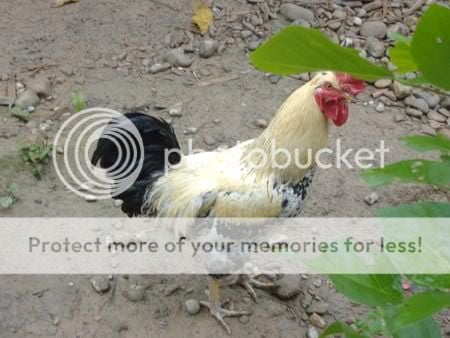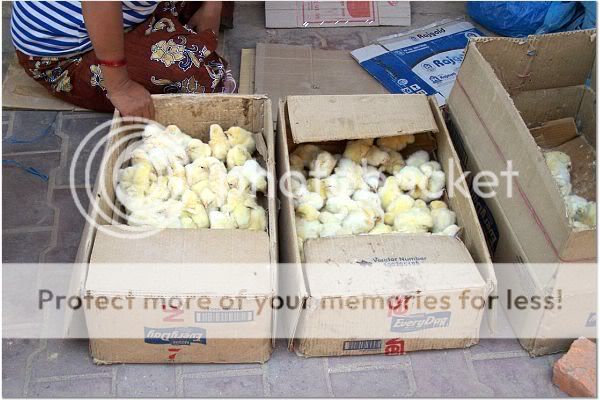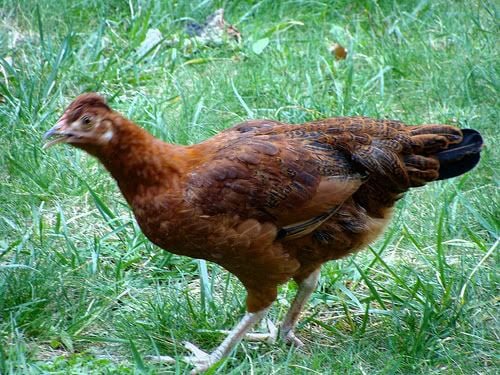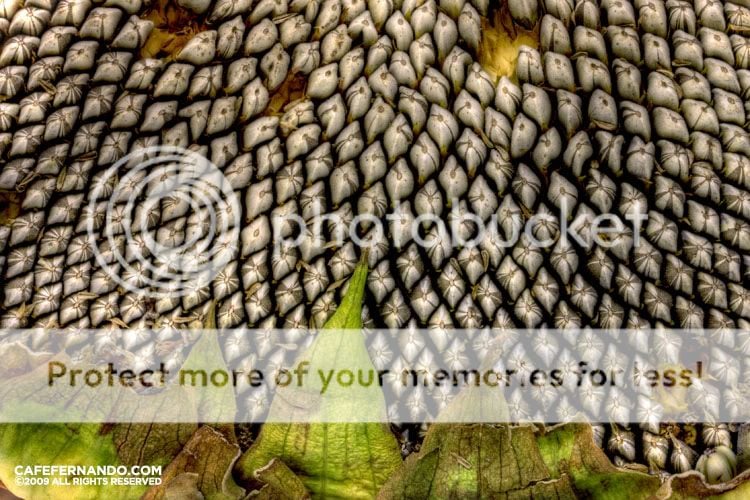Like their cousins in the Quechua Fowl tribe, Mapuche Fowl are probably most accurately described as a race unto themselves. There are several breeds that have originated from the same locus- the same or very closely related basic ancestral stock- that are collectively described -collectively as Mapuche Fowl- that is the domestic fowl of the Mapuche Indians.
Of course the description of Mapuche chickens- and naming them after the Mapuche Indians is going to be a bit challenging.
Please be patient.
Birds that represent the original morphotypes- are facsimiles thereof, were introduced into rare poultry collections around the world. Most stocks were collected in the 1930's- 1970's.
They represent a different genetic set then the majority of chickens currently running about the villages of Chile.
It is going to be difficult for some people to conceptualize the idea that the South American Indians had just as many chicken breeds as the Europeans. Nevertheless, we are working together with Chilean; Peruvian; Argentinian and Mexican conservation poultiers, collaborating on selective breeding of ALL the South American cultural heritage treasures.
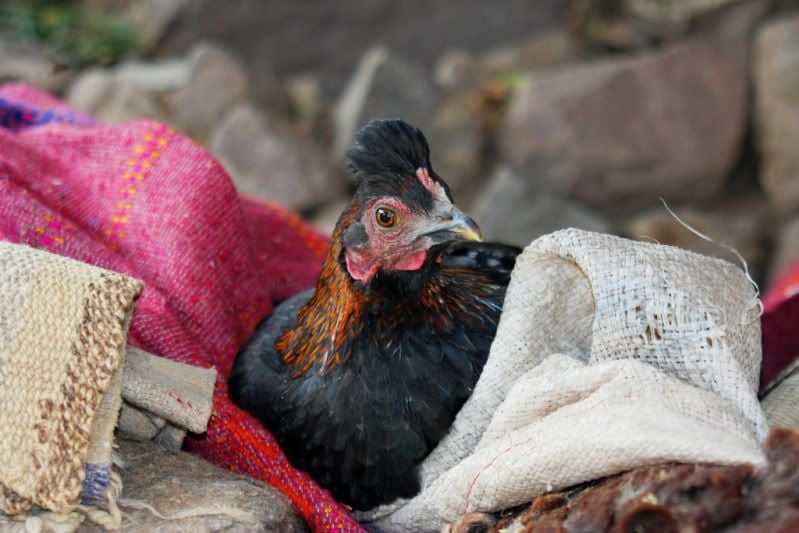
The Indigine (perfect) form of the Crested Mapuche Fowl photographed in Peru.
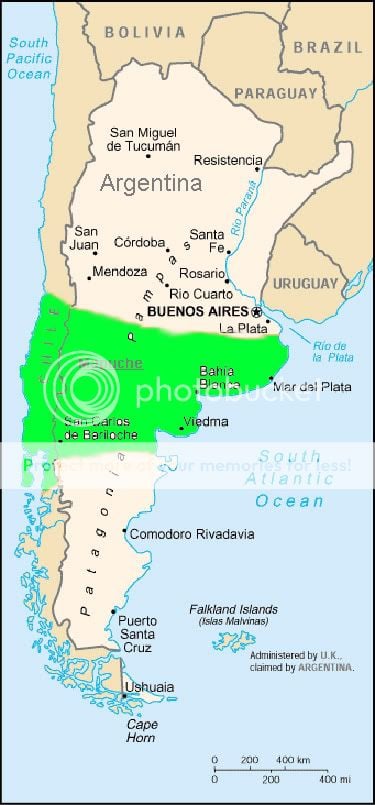
Map of Mapuche Indian territories.
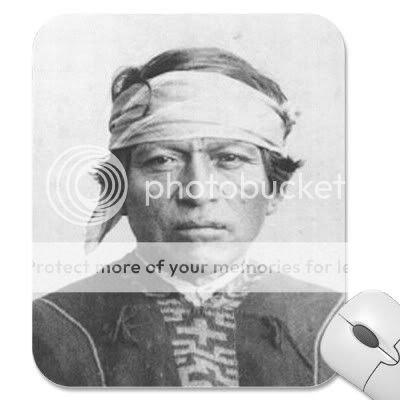


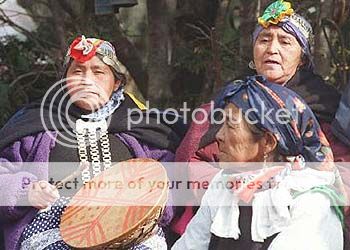
The Mapuche Indians live in a region quite unlike any other place in the world.
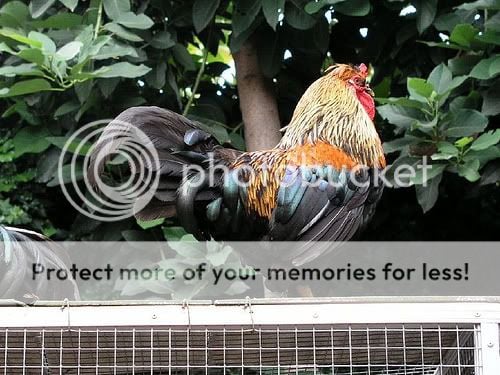
Indigine Crested Mapuche one sees in remote villages- relatively small and gracile. Unfortunately he has yellow legs. Nevertheless, he has ample wings - I think they refer to the colour type of the wing as "crow wing" in North American poultier circles. The legs are well back on the body of the bird and relatively short. These are good traits.
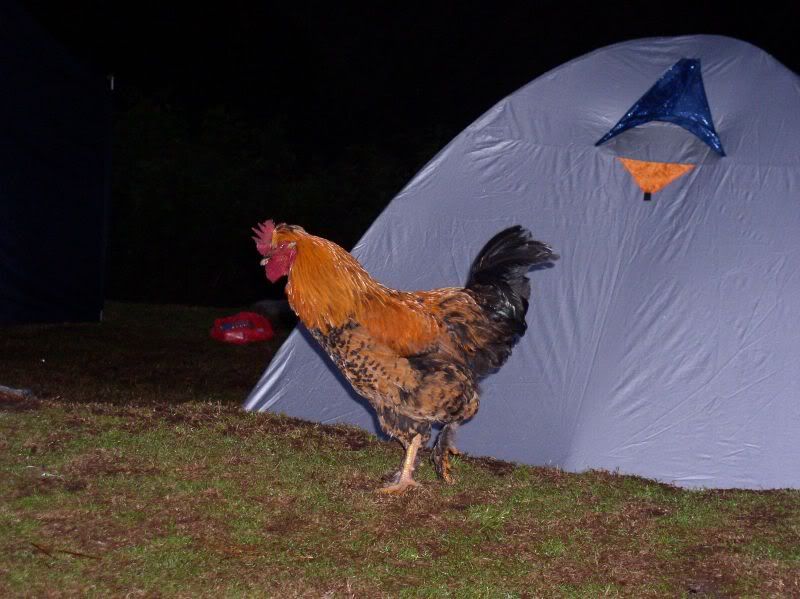
This rooster was photographed in Peru -its obviously of Chaco Mapuche ancestry bred onto some commercial strain and that progeny bed interse for generations- in a feral flock for example. This is a near mirror phenotype of the Copper Scotch- a Vermont new heritage breed with Mapuche Huastec founders. This breed has been designed as a dual purpose, exceedingly winter hardy and quiet farm fowl.
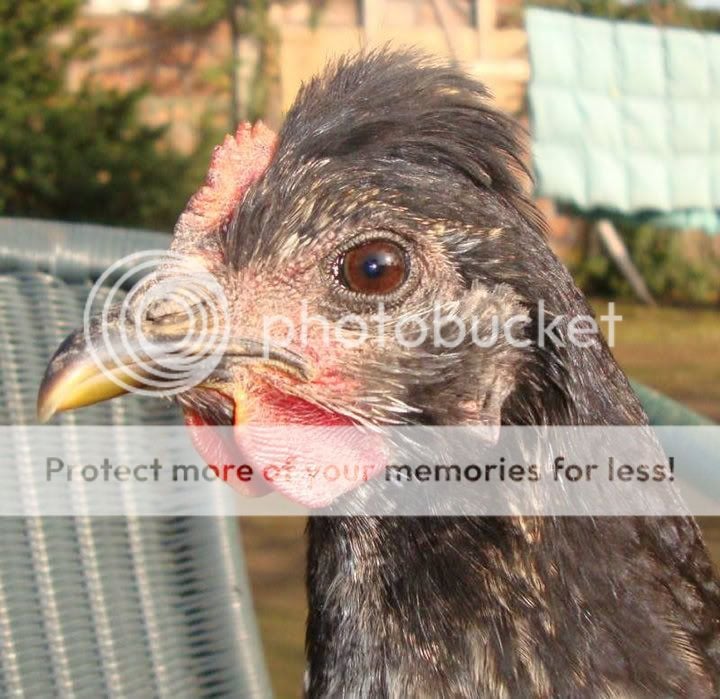
The large, broad-breasted dual purpose Crested Mapuche one sees in many Chilean Villages. Kolloncas sent this photo from Chile.
Of course the description of Mapuche chickens- and naming them after the Mapuche Indians is going to be a bit challenging.
Please be patient.
Birds that represent the original morphotypes- are facsimiles thereof, were introduced into rare poultry collections around the world. Most stocks were collected in the 1930's- 1970's.
They represent a different genetic set then the majority of chickens currently running about the villages of Chile.
It is going to be difficult for some people to conceptualize the idea that the South American Indians had just as many chicken breeds as the Europeans. Nevertheless, we are working together with Chilean; Peruvian; Argentinian and Mexican conservation poultiers, collaborating on selective breeding of ALL the South American cultural heritage treasures.

The Indigine (perfect) form of the Crested Mapuche Fowl photographed in Peru.

Map of Mapuche Indian territories.




The Mapuche Indians live in a region quite unlike any other place in the world.

Indigine Crested Mapuche one sees in remote villages- relatively small and gracile. Unfortunately he has yellow legs. Nevertheless, he has ample wings - I think they refer to the colour type of the wing as "crow wing" in North American poultier circles. The legs are well back on the body of the bird and relatively short. These are good traits.

This rooster was photographed in Peru -its obviously of Chaco Mapuche ancestry bred onto some commercial strain and that progeny bed interse for generations- in a feral flock for example. This is a near mirror phenotype of the Copper Scotch- a Vermont new heritage breed with Mapuche Huastec founders. This breed has been designed as a dual purpose, exceedingly winter hardy and quiet farm fowl.

The large, broad-breasted dual purpose Crested Mapuche one sees in many Chilean Villages. Kolloncas sent this photo from Chile.
Last edited:


